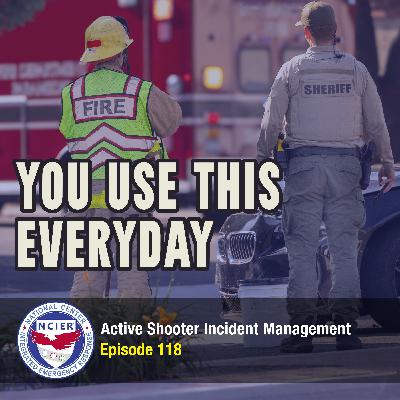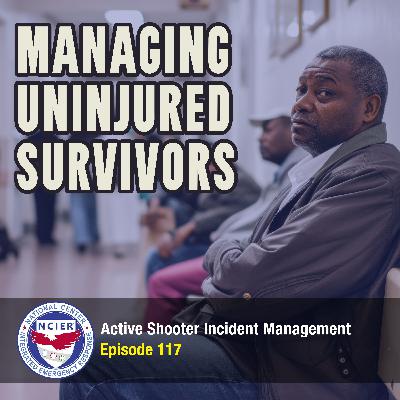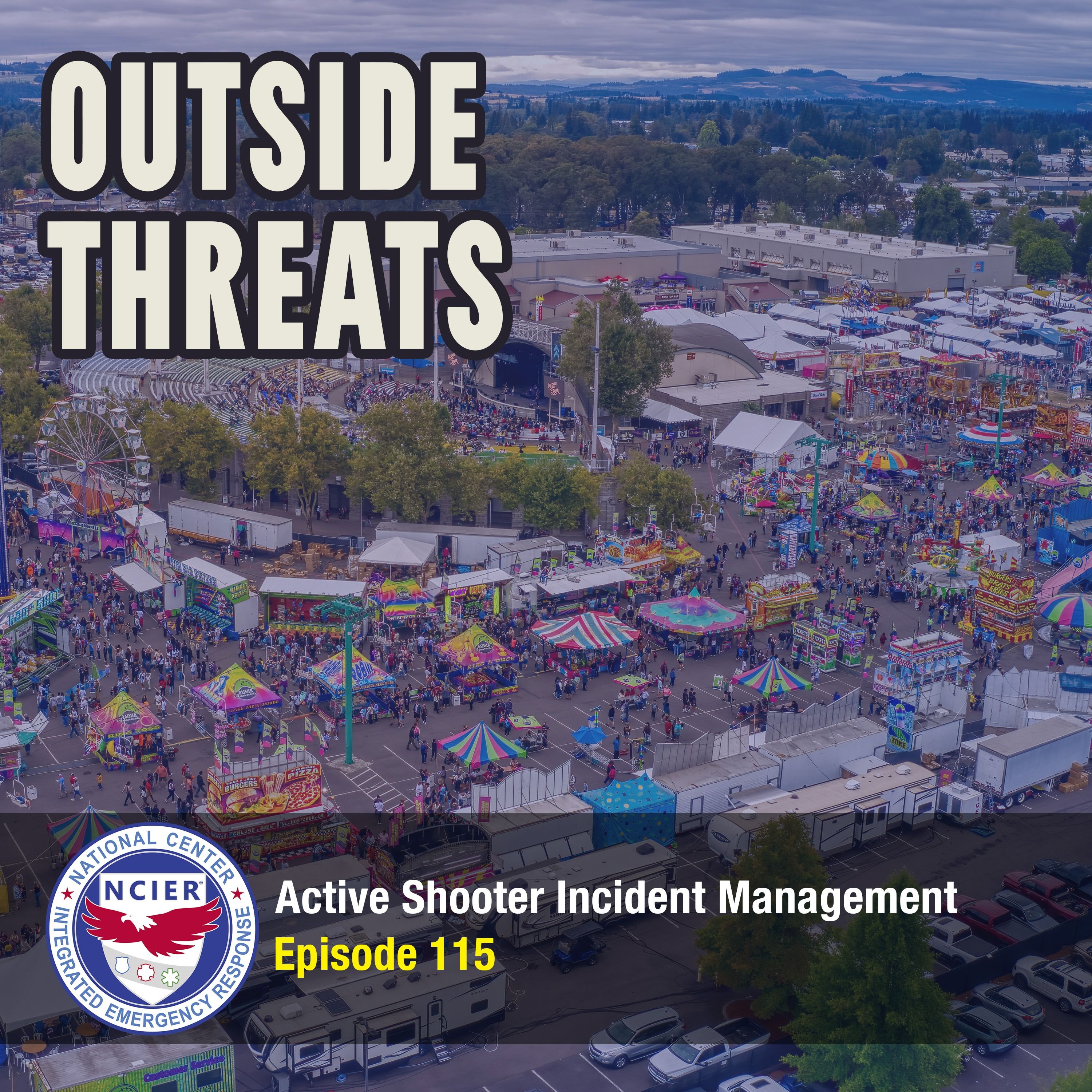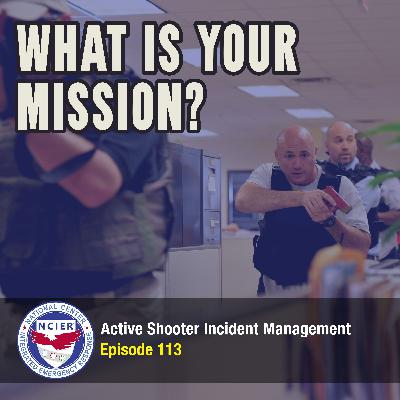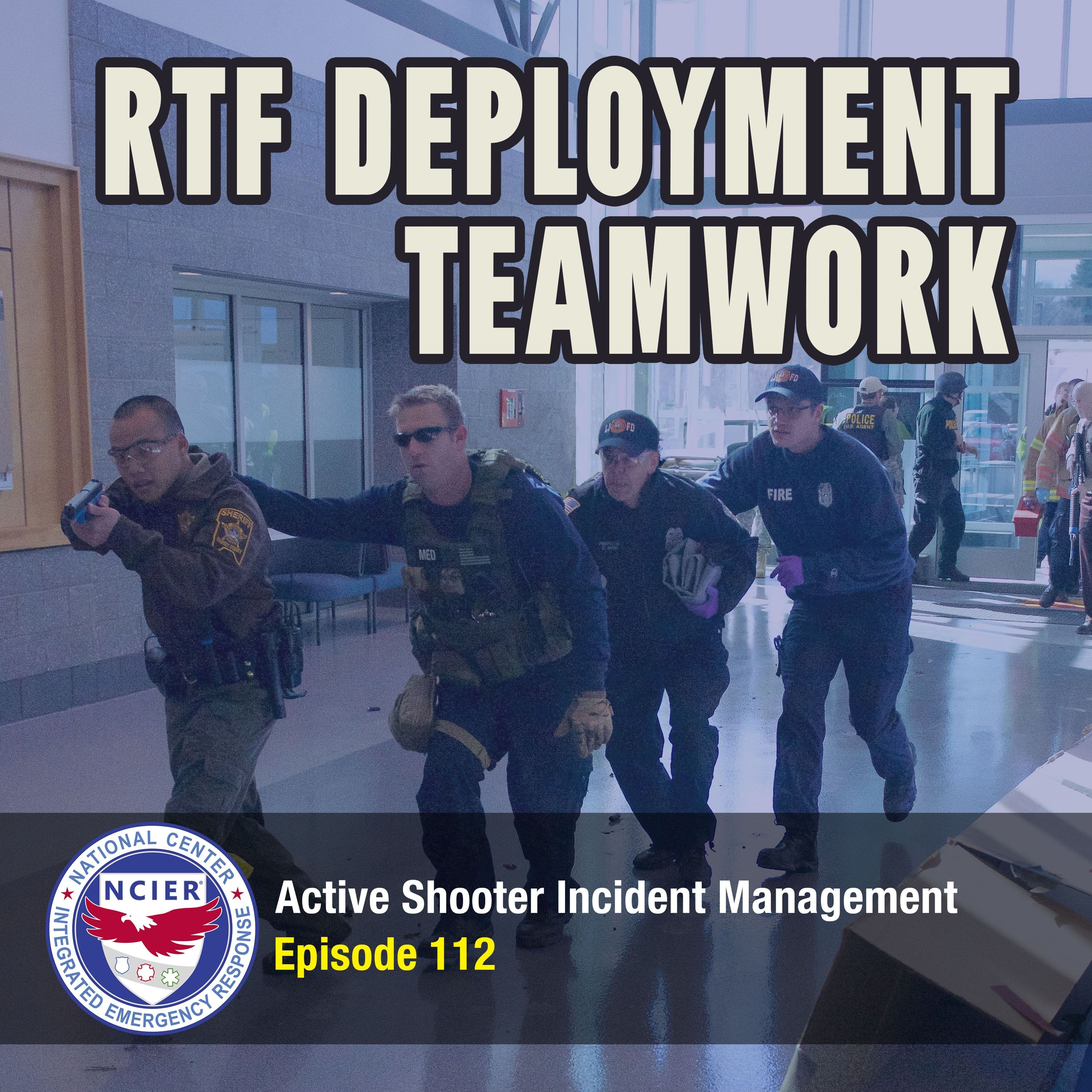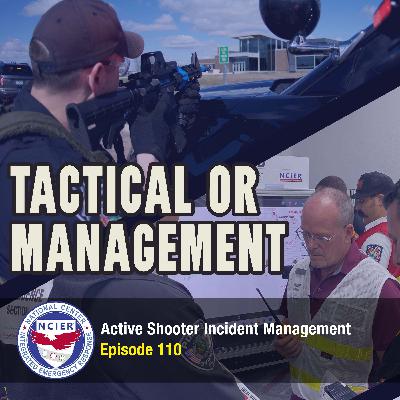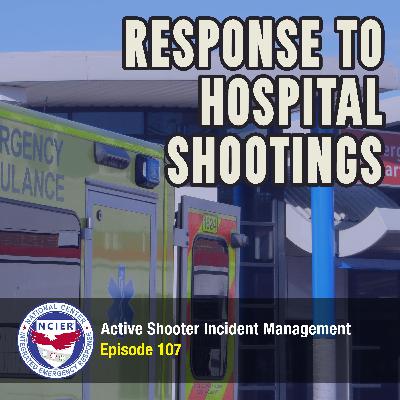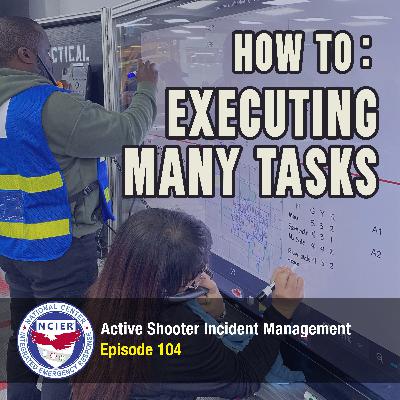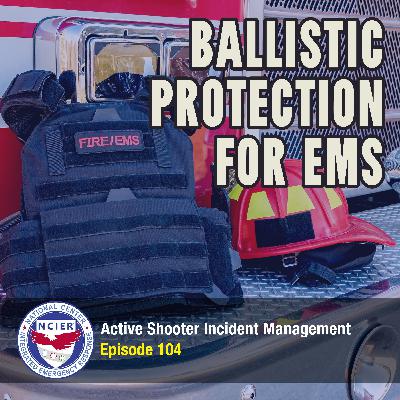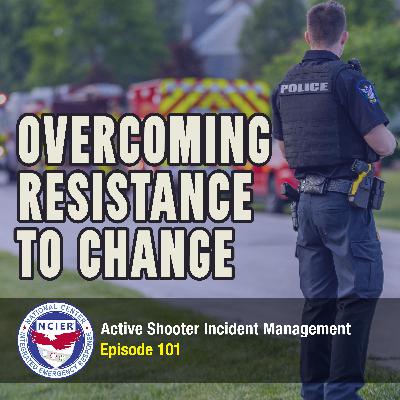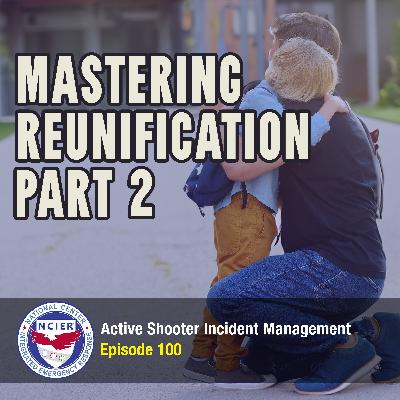Interview with ALERRT's John Curnutt
Description
Episode 47: Interview with ALERRT's John Curnutt
This week we are interviewing John Curnutt from ALERRT. We discuss how ALERRT started, it's mission, and how it works together in the active shooter picture.
Bill Godfrey:
Welcome to the Active Shooter Incident Management Podcast. My name is Bill Godfrey, your podcast host. Today I've got with us a special guest. We've got John Curnutt, assistant director of the ALERRT Center over in San Marcos, Texas, and our sponsor for the ASIM class along with TEEX. John, it's good to have you here.
John Curnutt:
Oh man, it is great to be here. Thank you for having me.
Bill Godfrey:
So John, thanks for joining us today. Why don't we start off ... I'd be actually surprised if any of our audience didn't really know who ALERRT was or how you guys fit into the active shooter picture but talk a little bit about ALERRT and the mission and how everything fits together.
John Curnutt:
It's great to be here. Thank you for having me. It's interesting, our starts are very humble. Back in 2000, 2001, it was very localized. We were looking at our response after Columbine and trying to see how would we do something different in our training, the equipment, the policies, everything that needed to change for the new normal or the new emerging trends as we saw them.
So long story short, we started applying for grants because we were ... Small to medium-sized agencies, we didn't have the big budgets, and we could not afford to get the training and the equipment to train with that we knew that we needed to have the best bang for the buck. So as we applied for grants, everything just kind of turned into a here's a program, you have a program, we'll help fund this, but you have to take this program out. So if it was a state grant, we were going across the state now. If it was a federal grant, we were going across the country.
Right after we started kind of working on this, 9/11 happened. We're coming up on the 20 year anniversary of that. So that kind of kicked things into a whole nother gear. They started looking for anti-terrorism programs that were up and ready to go. They could just be retooled just a little bit to kind of fit this new national threat that we were facing, and so all this kind of contributed to what we put in our course and the ferocity and the passion behind teaching the course.
So years later, we are a research-based organization out of Texas State University. We look at everything, we analyze everything. The events, the cause and effect of how the response went, any deficiencies, and we try to fill those gaps with meaningful curriculum. So what do we teach, how do we teach, what do we spend more time on, all that stuff. So we've developed civilian response training as a result of that. We've developed medical training for police, we've developed tactical training for the medical people, all this stuff over the years. The incident management piece has obviously been huge. We've studied all these events and the communication, command and control, the C3 if you will, has always been lacking, and a lot of it, it's a law enforcement issue.
So we're always looking for where are the gaps and how to best fill those gaps, and the connectivity with our other sister services in the first response community, the civilian response component, the emergency management aspect, we're trying to bring all the stakeholders together as best we can with the grants that we're given. Our goal basically to sum it up is to have the best research-based active attack training in the country. So in doing that, we solicit, we look for, we seek out events and great training programs and people with a lot of experiences and friends of ours that have been through a lot of stuff, not just here in the United States but overseas, and we try to extrapolate from that what would translate well into a patrol reality, into an EMS paramedic reality, into a firefighter reality as you make the scene first on one of these incidents. So that's kind of who we are in a nutshell and what we do and who we do it for and what we're all about.
Bill Godfrey:
John, I think that's a fantastic explanation of what ALERRT does and the mission, and you're the assistant director there, right? What does your day to day job look like? What is the kind of stuff you end up spending your time on?
John Curnutt:
Yes sir. So I started as one of the lead instructors back in the day and then moved up to director of training and then into the assistant director position. My day to day now, I have IT training, logistics. I coordinate very heavily with research so that everything is all pulling and pointing in the same direction and everything complements each other smoothly across the board. So the grants that we get, they offset the costs for the training we do out the door. So right before COVID, we were tooled up and on track to do about 1,300 , maybe almost 1,400 classes per year across the United States with the grants that we were receiving, both state and federal grants. So putting that all together and sending it out the door, making it free for the end user, for the agencies, for the officers that are attending, it's a very, very herculean effort if you will from kind of a small staff, relatively small staff when you look at the amount of throughput that we have, about 35 staff members. So I'm looking at all these areas, making sure that everything kind of complements and works in unison.
During COVID, the in-person training obviously was shut down for a period of time. So all of our training programs that we put out, all of the certified instructors that we had minted over the years, they continue to do their own internal training. So we're still doing some training and we're still supporting those indirects with our funding. But we had to kind of look at things a little bit differently so we created an e-learning LMS revision for ALERRT so that we could go online and we could do some meaningful training online and really try to get into that space and just expand our course offerings and how we offered it and be able to kind of permeate the training more across all of our responders.
So we create a new learning division in 2020, which required us to get the LMS system and hire people. So that is under me as well and as we kind of build that thing out and figure out how that's going to complement everything that we do in-person and maybe even some of the things we can't afford to do in-person yet, we can start putting some online versions of those courses and trainings and supplemental training, instructor updates, re-certifications, all that stuff is going through our LMS now.
So I basically make sure that everything that we say we're going to do on the grant applications get done, the operational output, throughput is done. Make sure that people know who we are, what we're about, and if they have something that they want or need from us, that we get it to them.
Bill Godfrey:
It sounds like you have a very busy day, day to day.
John Curnutt:
Yeah. It's fun. It's fun.
Bill Godfrey:
So you mentioned in the opening when you were talking about ALERRT, the research-based mission or the research-based component of the training. I know Dr. Martindale has just recently gone through and updated the data set with the latest stuff from last year. What new trends if any are you seeing? What stayed the same, what's shifting around a little bit, any insights into the data and changes that that may be driving for the ALERRT mission coming up?
John Curnutt:
Absolutely. Well you know early on, when we were looking at events and there were only 12 to 15 to 18 a year, you would have an outlier event and it would really skew the averages quite a bit. A large event and several small events, and you average those together, and the problem still looked a lot bigger than it really was or lasted a lot longer than it really did. So we started using median or the mean...that middle number. There was an equal number smaller, equal number larger, so that we could kind of try to frame or reference this thing a little bit cleaner. As time has gone on now, we're at well over 400 events in the last 20 years that we've studied and co-authored with the FBI's research. We're starting to see that the time duration for these events seems to be trending downward like they're over with quicker. I think that's attributable to civilian response, the messaging that's getting out thee, the training that public and private organizations are engaging with their employees, their staff, even churches are getting this and civic groups are getting this. Kiwanis Clubs were going out and doing these all over the places. So you're starting to see that these events are less people that are caught up in the event because it lasts less time.
The other thing we've seen is over the last seven or so years, we're starting to see an increase in the number of attacks involving edged weapons and vehicles as the mode of injury. So they're still very predominately firearms-related, but when it's an edged weapon, a knife, a machete, something like that or a vehicle that's being used to mow through a crowd of people, there's this tendency for people to look at that and go, "Okay, so what's the training for that?" It's the same. The response is the same. There's a serious injury or death that's occurring in progress, we show up, you have to stop that killing in progress, and then you have people that are seriously injured, you have to stop them from dying as a result of their injuries and you have to coordinate with other services. You have to get all thi


